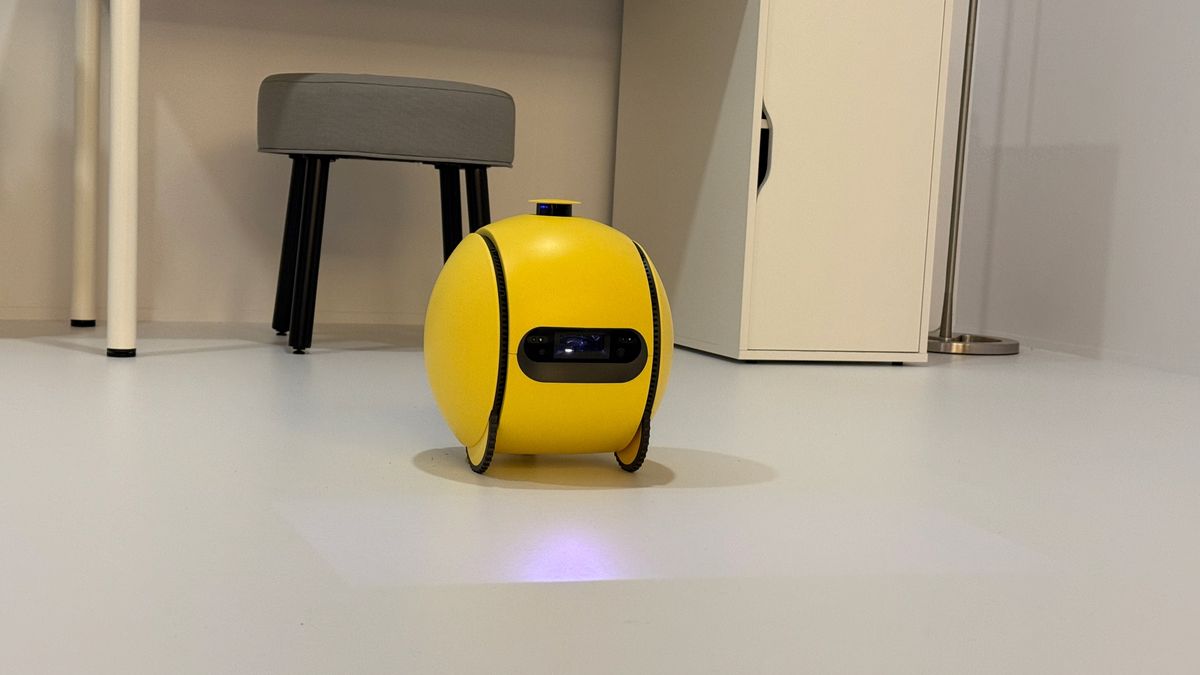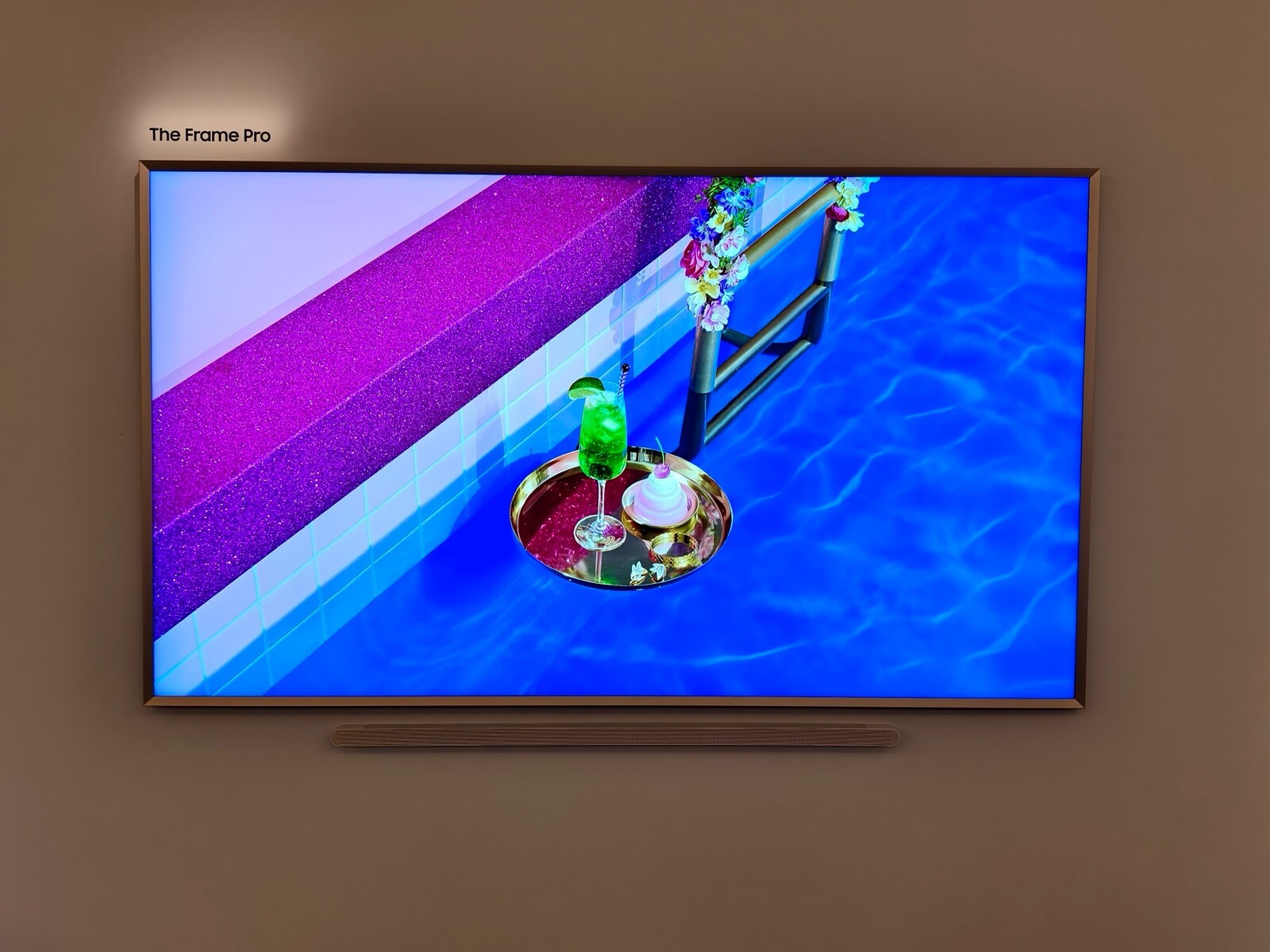The ability of humanity to observe far-flung regions in space and time has increased and today astronomers have been able to understand the cosmos in a much better way. We have been able to discern the formation of stars, but the formation of exoplanets have never been seen. One of the reasons is that planets do not emit any light and shine in the light of their parent star. However, the light is so intense that viewing the formation of exoplanets is next to impossible.
It is only in the last two decades that we have been able to peer behind and see the planets outside our solar system. Existences of exoplanets are often detected by the slight fall in the luminescence when they pass in front of their parent star.
Astronomers affiliated with the Rice University have been lucky to observe the formation of two planets which are orbiting a relatively young star HD 163296, which is only 10 million years old. In comparison, our Sun is about 5 billion years old. The star is twice the size of the Sun and is located about 400 light years away. It belongs to the Herbig Ae variety and has the characteristic circumstellar disk which is made up of gases and dust. The surrounding disk has three dark rings around the star.
The disc is composed of 1% dust particles and 99% gas. It is a tricky process to see the dust and the gas simultaneously. If you see the dust, you will not be able to discern if there are planets or not, and one needs to study what the gas is doing. For the first time, the scientists have been able to observe both the dust and gas.
Researchers now say that the two outer rings are located at 100 and 160 AUs, and this translates into 150 million kilometres. Accidentally, this is the distance between the Sun and the Earth. The rings were created as the planets were being formed at these distances. In all probability, these are gas giants of the size of Saturn. The inner ring does not seem to hold any evidence of a planet since it has a higher concentration of carbon monoxide.
The two rings are situated much farther than one another, and it was earlier considered too big to aid planet formation. The planets are cleaning the spaces between the rings much akin to the shepherd satellites which clean the spaces in the rings of Saturn.








